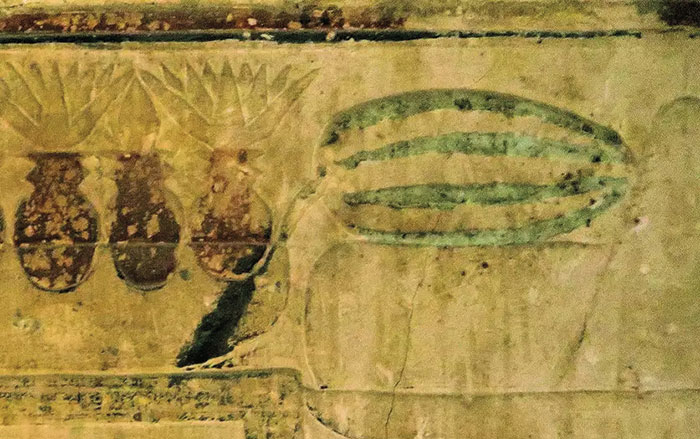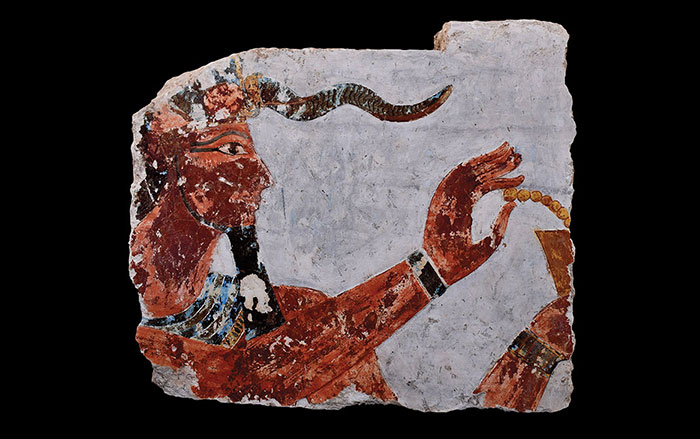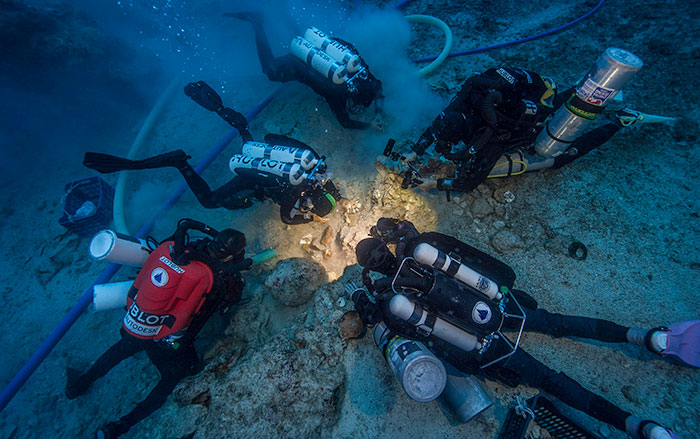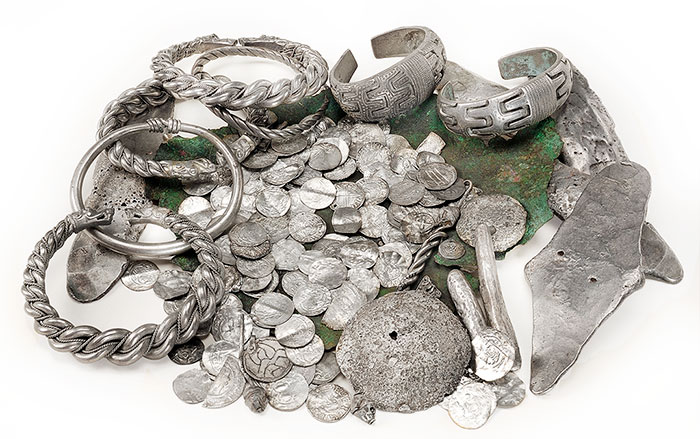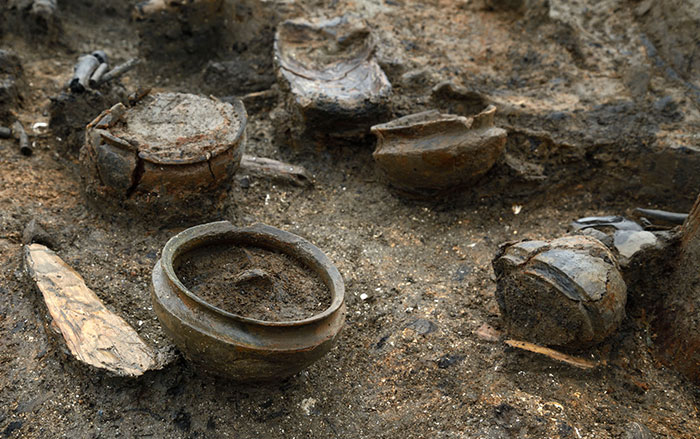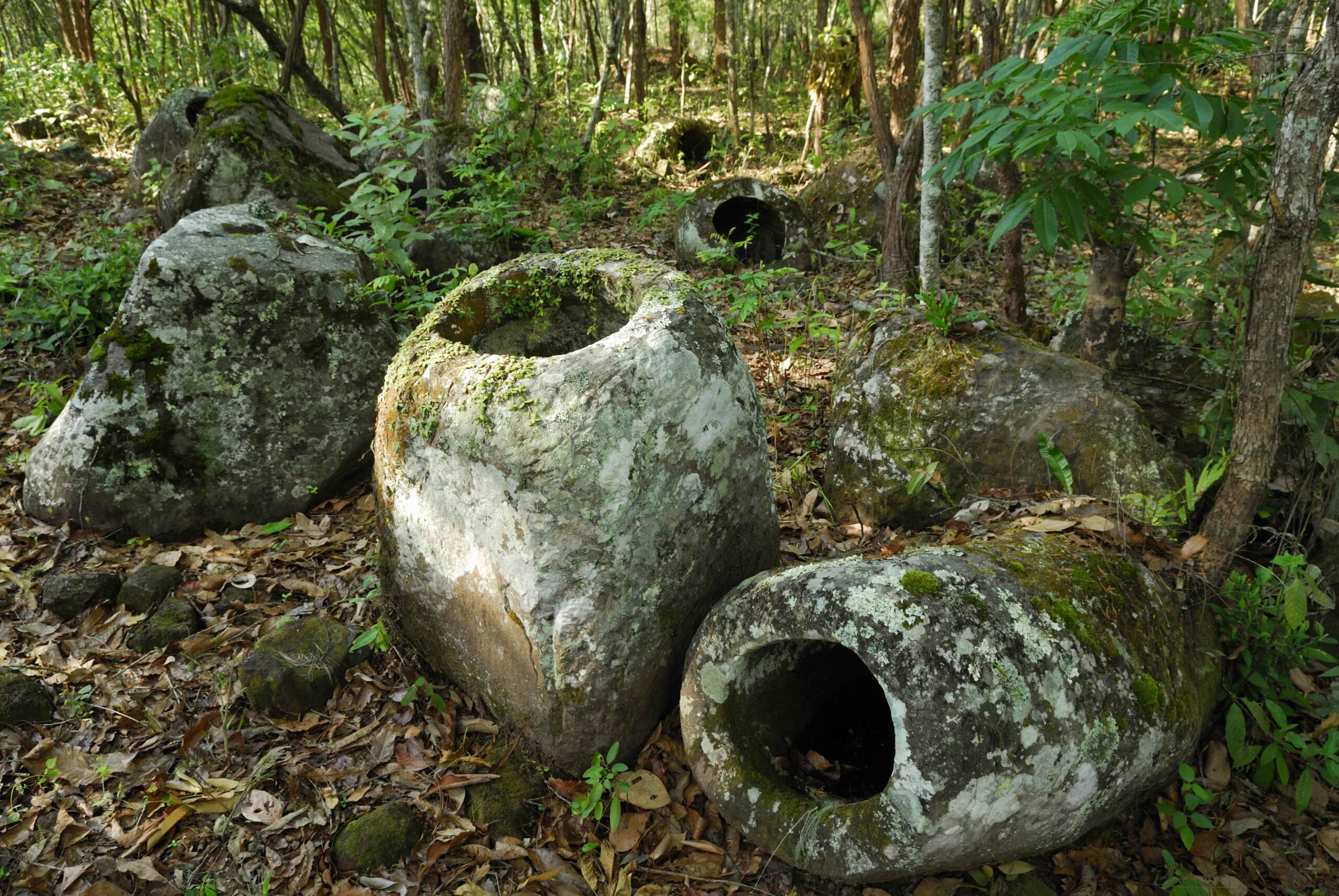
BONN, GERMANY—According to a report in Live Science, an image dating to Egypt’s Neolithic period was found pecked into a rock on Qubbet el-Hawa, a hill along a shallow stretch of the Nile River, during an archaeological survey of the area. Egyptologist Ludwig Morenz of the University of Bonn said that the 6,000-year-old image depicts a hunter with a bow, an ostrich, and a dancer wearing an ostrich mask. He pointed out that scholars were unaware of mask use during Egypt’s Neolithic period, and thinks the mask might have served a ritual purpose. In later Egyptian history, after the pharaohs united the country around 3100 B.C., during which Qubbet el-Hawa eventually became a necropolis for the city of Elephantine, masks were reserved for the dead. “This archaeological area is about a millennium older than we knew before,” Morenz concluded. For more on archaeology in Egypt, go to “The Great Parallelogram.”


